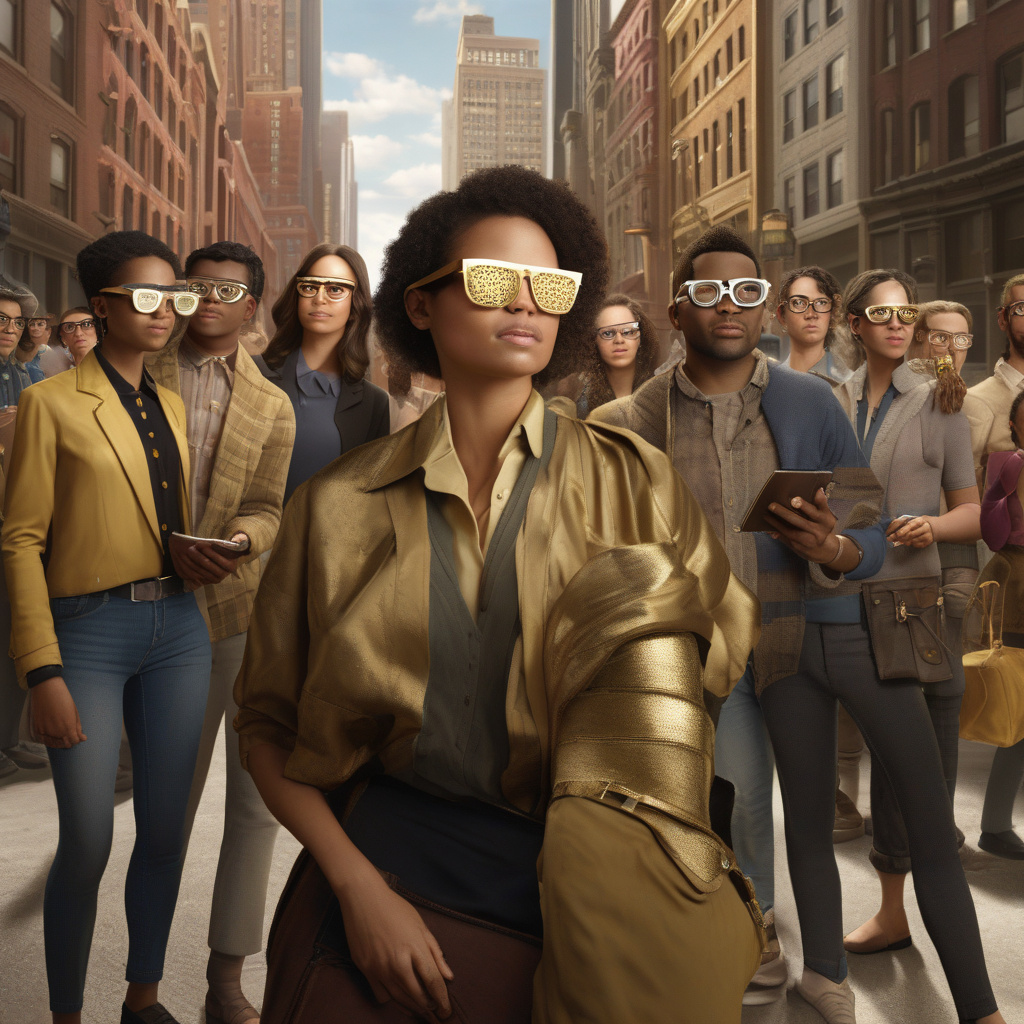The Smart Glasses Gold Rush, Explained
Meta’s recent $3.5 billion investment in EssilorLuxottica has sent shockwaves through the tech and eyewear industries, signaling a significant shift towards smart glasses as the next big thing. This move is not just a random investment; it represents a strategic bet on the future of wearable technology and augmented reality. Let’s delve deeper into this development and understand why the smart glasses market is heating up.
The collaboration between Meta, formerly known as Facebook, and EssilorLuxottica, a global leader in the eyewear industry, underscores the growing importance of smart glasses in the tech world. Meta has been a pioneer in virtual and augmented reality technologies, with products like the Oculus VR headset. By joining forces with EssilorLuxottica, known for its iconic eyewear brands like Ray-Ban and Oakley, Meta is aiming to combine cutting-edge technology with stylish, everyday eyewear.
One of the key drivers behind this investment is the belief that smart glasses are no longer just a novelty but a commercially viable product category with immense potential. The integration of augmented reality into glasses opens up a wide range of possibilities, from immersive gaming experiences to hands-free navigation and communication. Imagine being able to see real-time directions overlayed on your field of vision or attending a virtual meeting without staring at a screen – the convenience and possibilities are endless.
But Meta is not the only player in the smart glasses game. Companies like Apple, Google, and Snap Inc. have also been investing heavily in this space, each bringing their unique approach to smart eyewear. Apple, for example, is rumored to be working on AR glasses that could seamlessly integrate with its ecosystem of devices, while Google’s Glass Enterprise Edition is already making waves in the enterprise market.
The competition is fierce, but the potential rewards are substantial. Market research firm Statista projects that the global smart glasses market could reach $5.8 billion by 2025, driven by increasing demand for AR and VR technologies. This growth is fueled by a combination of factors, including advancements in display technology, miniaturization of components, and the growing acceptance of wearable devices in mainstream culture.
The implications of the smart glasses gold rush extend beyond just tech and eyewear companies. Industries like healthcare, manufacturing, and retail are already exploring how AR glasses can improve productivity, enhance training, and create new customer experiences. Imagine a doctor being able to access patient records in real time during surgery or a factory worker receiving step-by-step instructions overlaid on their workspace – the potential applications are truly transformative.
In conclusion, Meta’s massive investment in EssilorLuxottica is a clear indicator that the era of smart glasses is upon us. As technology continues to advance and consumer preferences shift towards more seamless and integrated experiences, smart glasses are poised to become not just a trend but a staple in our daily lives. The convergence of fashion, technology, and functionality in smart eyewear represents a new frontier of innovation with endless possibilities. So, keep an eye on the horizon – the future looks bright through smart glasses.
smart glasses, augmented reality, wearable technology, tech industry, eyewear evolution












